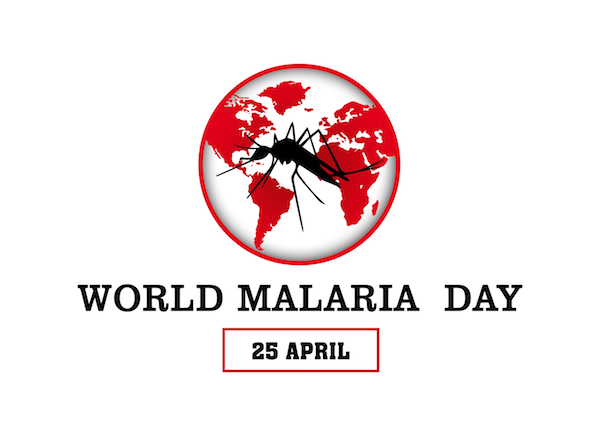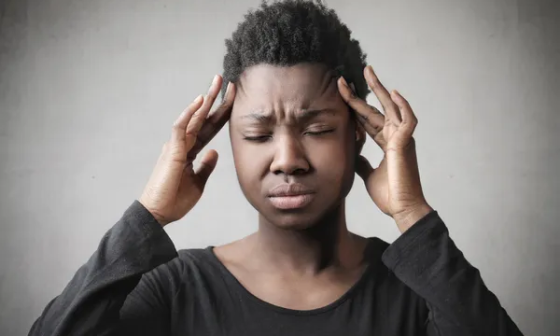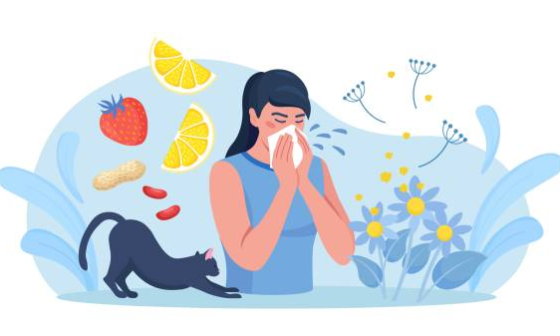Introduction
World Malaria Day, is an annual celebration in April. World Malaria Day each year aims to intensify global efforts in preventing, controlling, and eradicating malaria. African Malaria Day celebrated since the early 2000s is today called World Malaria Day following the decision in 2007 by the World Health Organization (WHO) so that malaria becomes a global fight rather than a continental fight. The first World Malaria Day was commemorated on the 25th of April 2008. 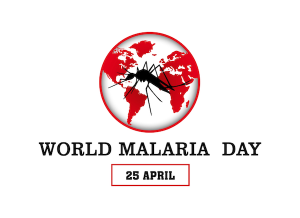
Credit: Shutterstock
Who is affected?
Malaria a mosquito-borne disease continues to ravage several countries all over the world especially countries in Sub-Saharan Africa especially regions with limited access to healthcare and healthcare facilities. Malaria is caused by the Plasmodium Parasite transmitted by female anopheles mosquitoes.
Malaria remains one of humanity’s oldest and deadliest foes. There are over 600,000 deaths from malaria with over 200 million people affected each year. In sub-Saharan Africa, where the majority of malaria cases and deaths occur. Children under the age of five and pregnant women are among the most vulnerable, facing the highest risk of severe illness and death from malaria.
How is malaria transmitted?
Plasmodium falciparum and Plasmodium vivax are parasitic infections that present as malaria which is a life-threatening disease primarily found in tropical countries. This non-contagious and non-communicable disease is transmitted through an infected female Anopheles mosquito (the vector). Plasmodium falciparum and Plasmodium vivax are the two most common of the five known species of parasites that can cause malaria as they pose the greatest risk in humans. Other parasites that can cause varying symptoms of malaria include Plasmodium malariae, Plasmodium ovale, and Plasmodium knowlesi.
The vector Anopheles mosquitoes have over 400 known species and only about 40 are known to transmit malaria. An uninfected mosquito gets infected by an infected person after a bite. The infected mosquito goes on to bite an uninfected individual, infecting them and causing malaria. It is a cycle that can be seen in the schema below.
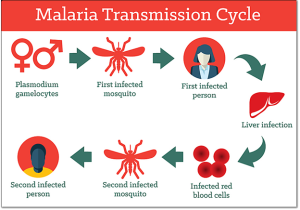
Courtesy: Mosquito Magnet
In some cases, in an individual who has been bitten and infected, the parasites head to the liver. In the liver, the infection becomes dormant, for weeks and even months. In this dormant state, there are no signs or symptoms of malaria. In the liver during this stage, parasites continue their development and reach numbers that move from the liver to the red blood cells. In the system, the body reacts and symptoms of malaria begin to show. If this individual is bitten by an uninfected vector, the cycle continues to another uninfected person, this can go on and on.
This risk of infection is higher in some areas than others depending on multiple factors, including the type of local mosquitoes. It may also vary according to the season, the risk being highest during the rainy season in tropical countries.
Symptoms
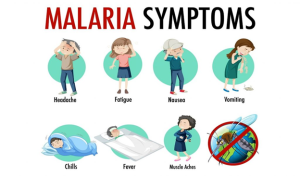
Credit Regency Medical
Malaria symptoms are mild flu-like illness to more severe manifestations of the disease that can ultimately lead to death.
Initial symptoms are:
- Fever and flu-like illness,
- Chills,
- Headache, muscle aches, and tiredness
- Nausea, vomiting, and diarrhoea
If not treated malaria progresses quickly as infection becomes severe.
Severe symptoms are:
- kidney failure,
- seizures,
- mental confusion, and
- coma
Testing and Diagnosis
With Wellahealth insurance coverage, a healthcare provider can be seen as soon as symptoms begin. The World Health Organization (WHO) advises that individuals with symptoms of malaria should be tested and treated as soon as possible. Wellahealth offers several plans from the basic health plan that covers diagnosis and investigation for malaria as only a lab test can confirm malaria.
Treatment
Drugs can be prescribed to treat malaria after consultations and diagnoses are made. Wellahealth affordable micro health plans like the HospiCash for as low as #2300/person is an option for individuals and families covering consultation, diagnosis, drugs, and hospital visits that leverage Wellahealth’s commitment to providing accessible and affordable healthcare.
Prevention
- Areas with high mosquito activity and prevalence should be avoided.
- Insecticide-treated nets and sprays should be used to prevent and reduce mosquito bites.
- Window nets or doors are advised to keep mosquitoes out of the house, especially the bedrooms.
- All broken doors, windows, porches, and patios should be repaired.
- Environmental sanitation for communities and living areas, as stagnant/standing water, remains a breeding ground for mosquitoes and their eggs.
Conclusion
Malaria can only be eradicated if proper prevention and aggressive treatment are done for those who come down with the symptoms. Wellahealth advises individuals and corporate organizations to subscribe to our healthcare plans, to reduce the burden of malaria in our continent and the world.
Please visit https://www.wellahealth.com/Pricing or email contact@wellahealth.com to select a package at your convenience.
Dr Ifeoma Uduh, Dr John Afam
